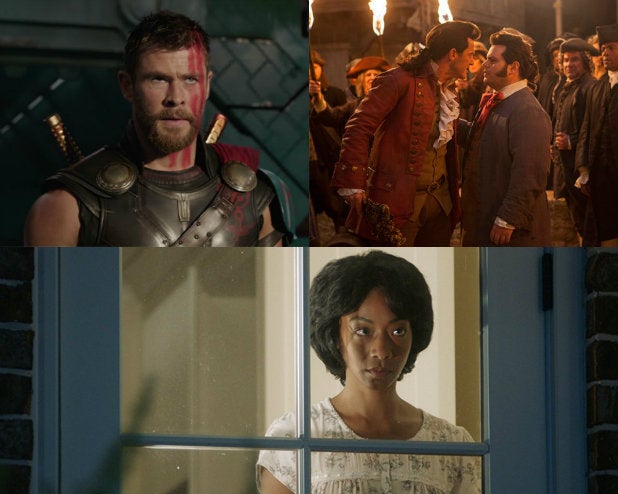

This Wrap article laments the lack of ‘inclusion’ of LGBT characters in mainstream media films.
By ‘inclusion’ of course they mean ‘exclusion.’ For including abnormality and immorality means excluding a certain kind of normalcy, purity, and innocence.
But you are probably already aware that the Orwellian Newspeak about ‘equity and inclusion’ means inequity and exclusion. the real problem with the article is a bit deeper. I see two flawed assumptions:
First, the foregrounding of LGBT characters is only beneficial for films aimed at niche audiences. The part of the market which demands more immorality on screen consists of a little more than half the population in coastal and metropolitan areas and a little less than half the population in non-urban areas. These are places that lionize what the rest of us consider abnormal sexual behaviors. Just like Christian “faith-based” films, LGBT friendly films are niche. Christian faith-based films are proportionally a bigger niche, and so more likely to be rewarded in a capitalist free market.
Secondly, the author stupidly compares ‘inclusivity’ of Wonder Woman and Black Panther with the ‘inclusivity’ of sexual deviance. The big problem there is obvious: There is a vasty chasm between biological sex and ethnicity (which are good, and cannot change anyway) and behaviors (which can be bad, and can be changed).
Movies featuring female directors or leads (Wonder Women) and black leads (Black Panther) are to be celebrated, because Hollywood’s conservative audiences believe that both being a man and being a woman are good things, in line with God’s design etc., and that both being a person of color or a white person are good things. These are identities and morally good or at least neutral.
By the very same token, we believe that sexual behaviors are, um, behaviors. (With rare exceptions, my behavior does not amount to an identity at all. Teaching makes you a teacher, but you can retire or switch careers. Engaging in lecherous behaviors makes you a lecher but you should probably stop that kind of behavior. )
More shockingly, movie-going audiences like me believe that bad sexual behaviors are, um, bad. So going out of your way to include characters who entertain the full panoply of various fetishes is quite different from including both boys and girls in your story.
Thirdly, and perhaps most fatally, the logical extension of intersectionality-fueled ‘inclusion’ renders even Wonder Women and Black Panther as sorely inadequate. For not even those movies are “inclusive” enough, if we are to take the inclusivity argument seriously.
It’s funny that people who really care a lot about inclusion don’t realize that the logic of intersectionality will self-destruct very soon. Take Black Panther for example: why would we the celebrate the inclusion of ‘black actors and directors’ in Black Panther when it doesn’t include enough black Americans from inner cities, or African actors from poor or disadvantaged areas of the continent? Perhaps there are too many black Americans from suburbs and African actors from affluent urban areas of the continent, etc. (Chadwick Boseman is from Anderson, South Carolina, and Michael B. Jordan is from Santa Ana. Lupita Nyong is from a Kenyan suburb and her father was a professor.) By the logic of “Hollywood so straight” and “Hollywood so white”, there should be protests against Black Panther itself for “Hollywood So Rich”. Perhaps all the black actors are wealthy, in which case not even Black Panther is “inclusive” enough along intersectional lines.
The same calculus can be run with women: it’s great that there are female directors and female leads, but where are all the female camera operators and female cinematographers? Etc.
So what should Hollywood producers, writers, directors, etc., do? They should focus on telling good stories for their audiences. Avoid trying to use art to re-educate the sentiments of audiences who hold to traditional values. It’s not likely to work, and it is likely to waste a lot of money.
For niche audiences, go crazy, and tell all the LGBT friendly stories or faith-based stories your imagination can cook up. For general audiences, in a center-right nation, stick with the stories (whether black or white, male or female) that reflect good old fashioned love between men and women.